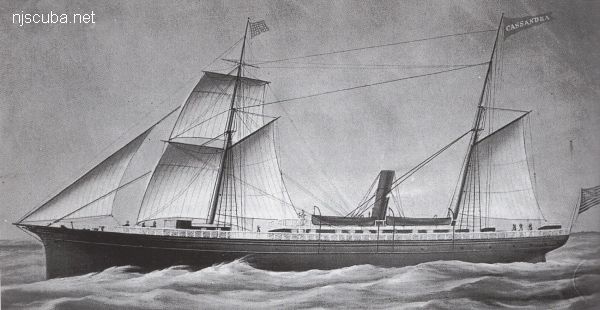November 8, 2020
More Progress
November 8, 2020
I finished the Dives Sites section of the website, the biggest and most complex part. I also finished the central 'hub' of the site and made some inroads in the Artificial Reefs and Biology sections. I'm also fixing things as I go, like broken weather forecasts.
And none too soon - the old site has become rather balky since I stopped paying attention to it several years ago. For one thing, it will not run on the latest version of PHP. Rather than figure that out, I'll put my efforts into this. It just took five minutes to load a page.
I also added Google Earth integration, which will let you zoom in on land-based sites. Not much point in setting it up at sea though, my 20-year-old wreck charts are still better than anything.
This site is now running on WordPress, with everything stored in a database. That gives a lot of flexibility. I don't really care for WordPress sites, they're usually ugly slabs with no structure. But I've buried WordPress so deep in here that you can't even tell it is there.

